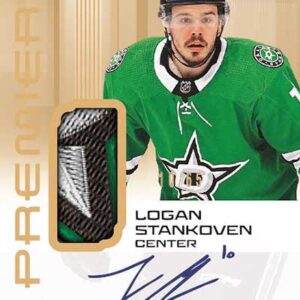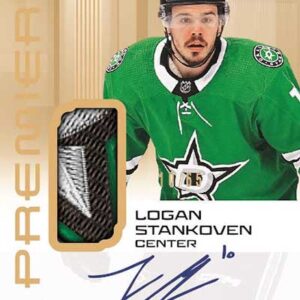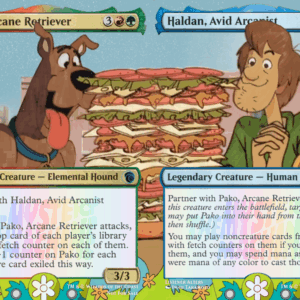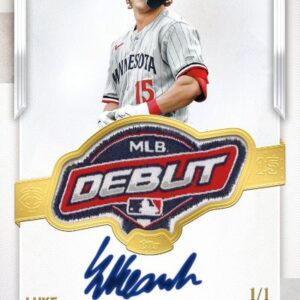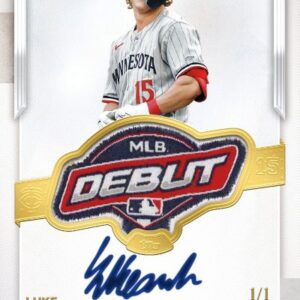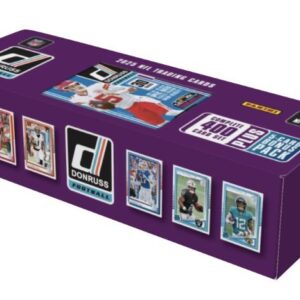In the whimsical yet high-stakes world of Magic: The Gathering, card enthusiasts walk a fine line between awe and anxiety. That elusive Black Lotus could be the crown jewel of your collection—or a cleverly disguised ruse. Recently, counterfeit Magic cards have become so convincing that even seasoned players must stay vigilant, sharpening their sleuthing skills to preserve both their pride and investment. Fear not, for with a vigilant eye and a few surefire methods, you can safeguard your passion for planeswalking from the shadowy specter of forgery.
First and foremost, trust your senses. A real Magic card has a texture that makes your fingertips feel like they’re tapping into some arcane energy beyond the veil. There’s a unique, tactile familiarity to its matte surface, different from the glossy imposters that scream “con” louder than an empty booster pack. Always have a land card, ideally from the same set, on hand for comparison. If the card feels more like it belongs on a laminated menu rather than in a deck, it deserves a second, closer glance.
Our journey into the arcane art of verification proceeds with the enlightening light check. Genuine cards possess a signature blue core that, when held up to a flashlight, emits a soft, cool glow—a luminescence reminiscent of a gentle, magical aura. Counterfeit cards, trying too hard to exist, often betray themselves as either being too imperviously thick, which blocks all the light, or annoyingly thin, casting an overbearing glow as if they’re begging for attention in the wrong ways.
For those who dare to go further into this detective game, bring out the big guns—or, in this case, the jeweler’s loupe. A humble 30x magnification device transforms into a powerful lie detector under your expert care. Peer closely at the artwork and text box—authentic Magic cards reveal a rosette pattern, microscopic floral dots that inform the art of their genuine nature. In contrast, counterfeit cards resemble a failed high school art project, often displaying vague specks, digital pixelation, or haphazard grids in a hapless bid for authenticity.
Another layer deep into the heart of the genuine card lies the solid black test. Magic cards use a vibrant, separately laid layer of black ink for names, mana symbols, and text, distinct and bold. Counterfeits attempt to imitate with a composite black made from a kaleidoscopic array of colored dots; under magnification, these resemble a blurred work of finger-painting, the dots a visual cacophony rather than a harmonious symphony of color.
The intrepid counterfeit czars might think they’ve got you until you zoom in on the green mana symbol on the card back. If you look carefully at the yellow-green border, an authentic card contains a red dot pattern that forms a small, upside-down “L.” A forgery often fumbles here, as its representation of this delicate detail falls short, resulting in a muddled mess rather than a masterstroke.
With modern cards, new-age safeguards aid in your detective endeavors. Enter the holofoil stamp—since Magic 2015, rares and mythics have boasted an oval hologram stamp that’s as much about show as it is about security. A true holo is flush with the card, adorned with microtext details that sing the tales of planeswalker exploits and mana lore. Fakes often appear rough, raised, or grotesquely as if someone had the gall to peel it from another card and clumsily stick it anew.
As you arm yourself with these myriad tactics, note what not to do. Avoid the destructive impulses of yesteryear, such as tearing or bending the card to reveal a blue core. Yes, you might uncover a deceiver, but you’d more likely damage a genuine beauty—and with modern counterfeiters increasingly savvy, such methods have gone the way of the dinosaurs: fascinating relics of the past.
Ultimately, spotting a counterfeit Magic card is all about building a case against the fraud. One method alone may slip up, but a confluence of tests and your growing expertise mean you can spot a fake from a hundred battles away. Start by sensing its texture, exploring its glow, and wielding that loupe like a truth sword. With time and practice, your radar will grow keen, your collection safeguarded. Protecting your dream collection becomes an exercise in wisdom, making you not only a smart collector but also a guardian of the game’s integrity.
